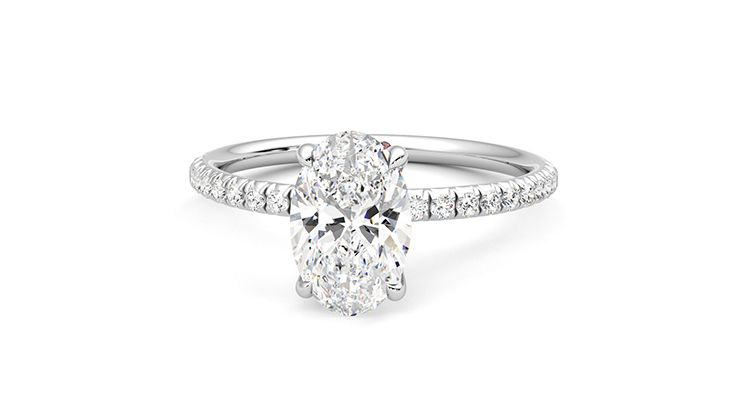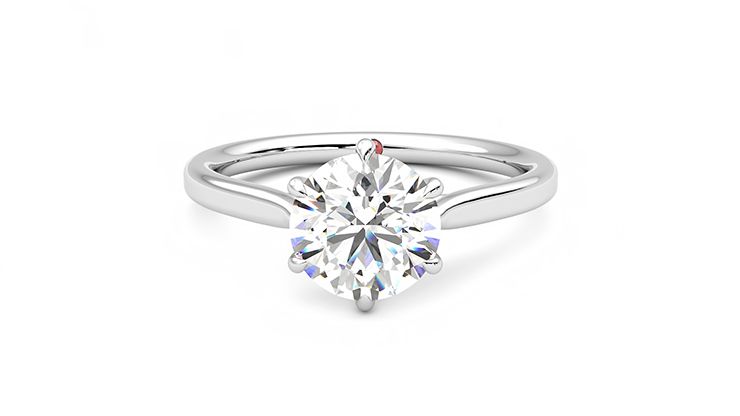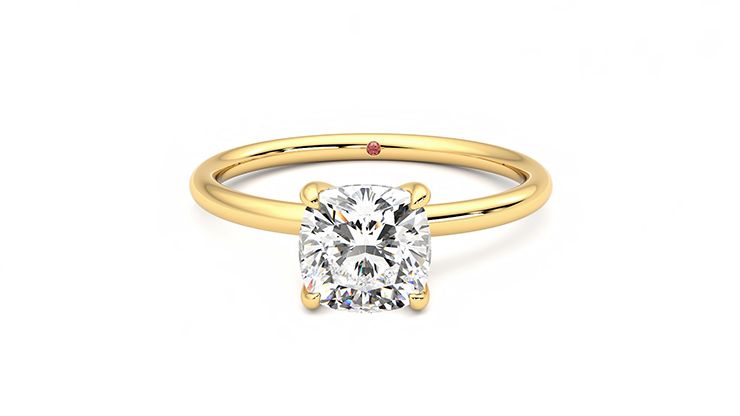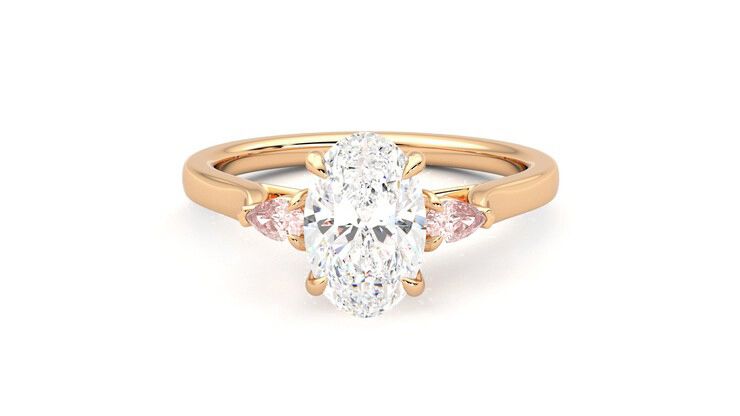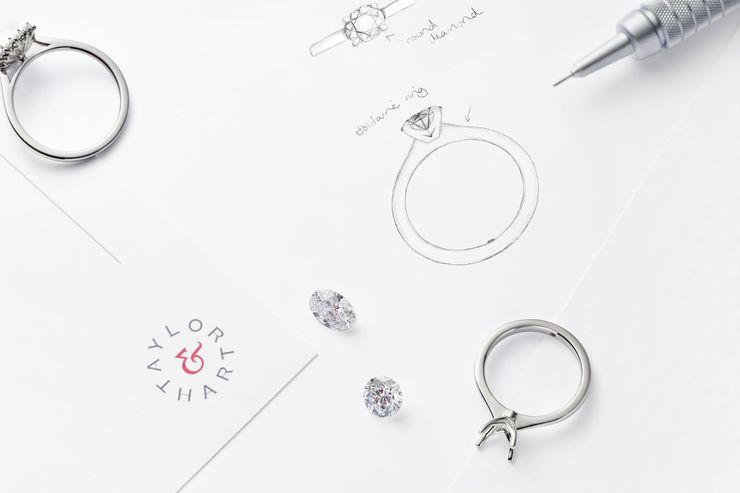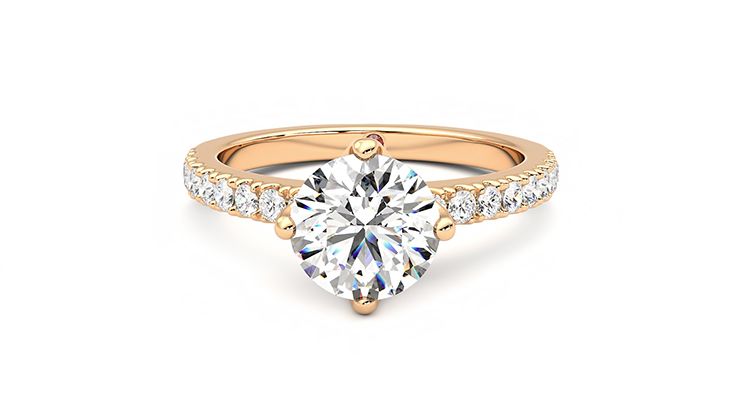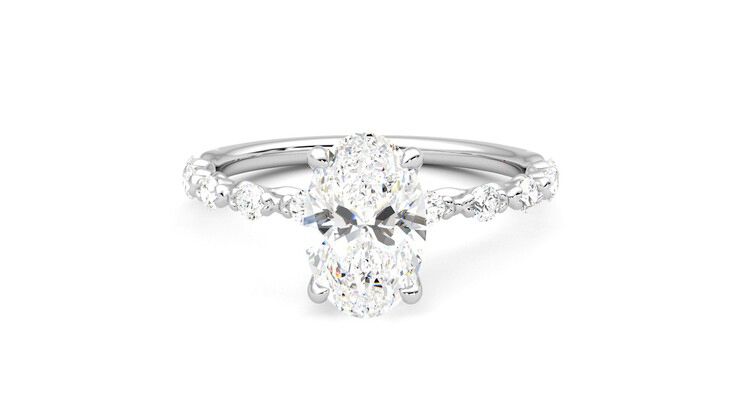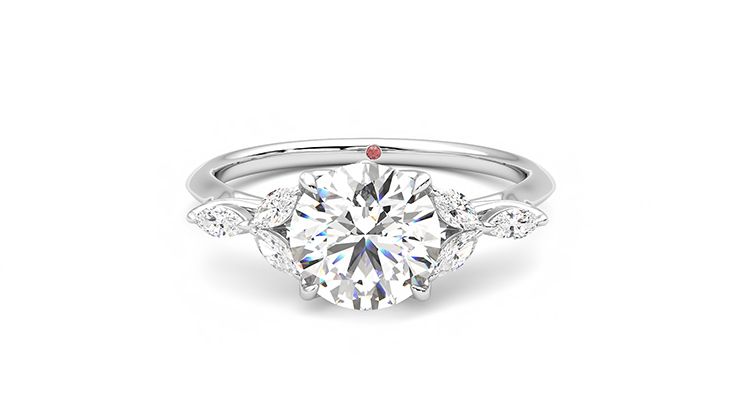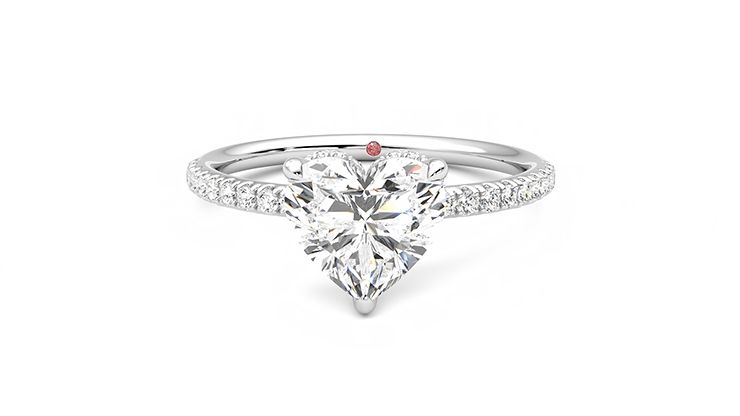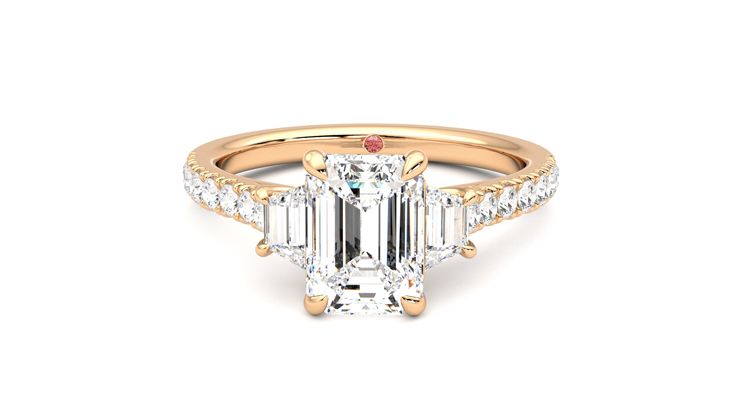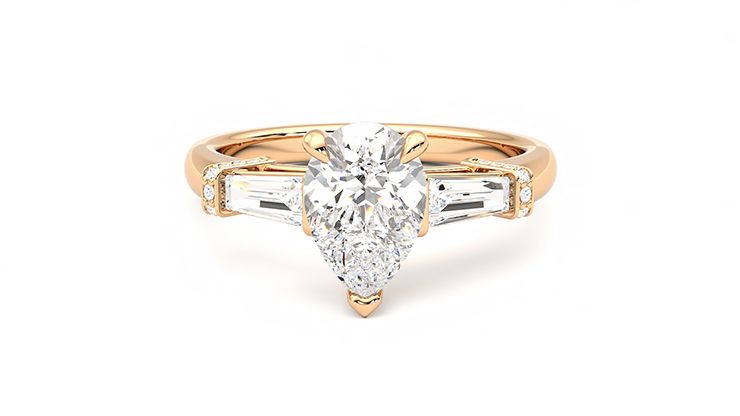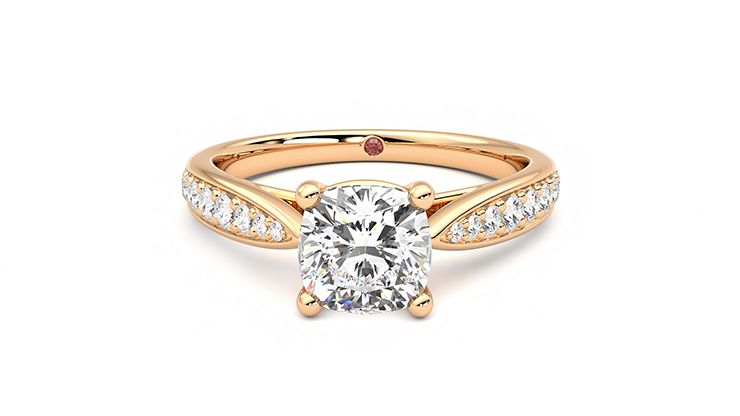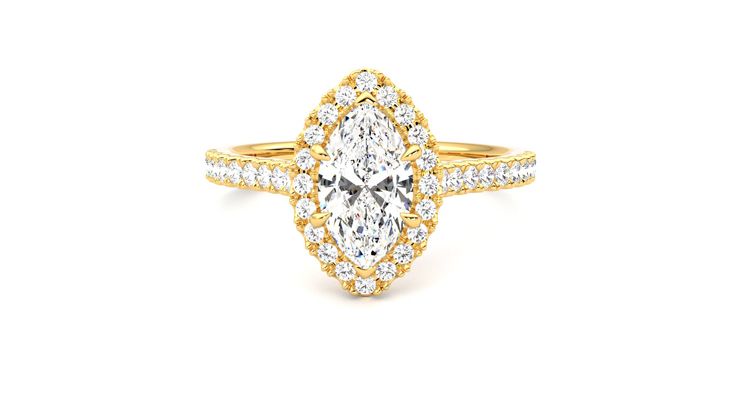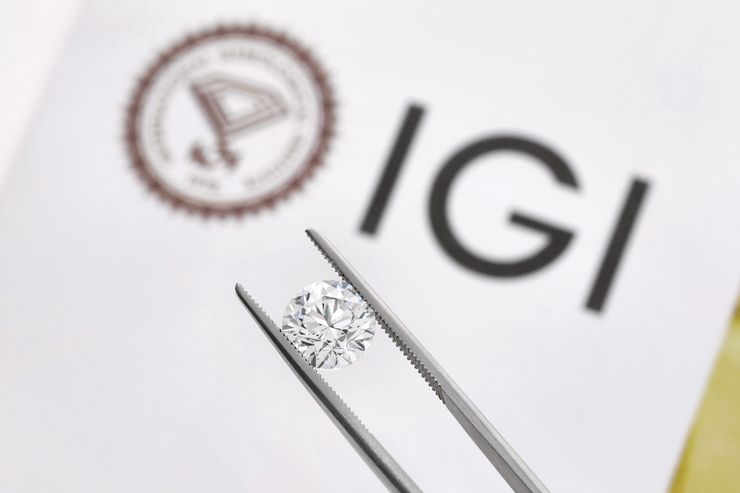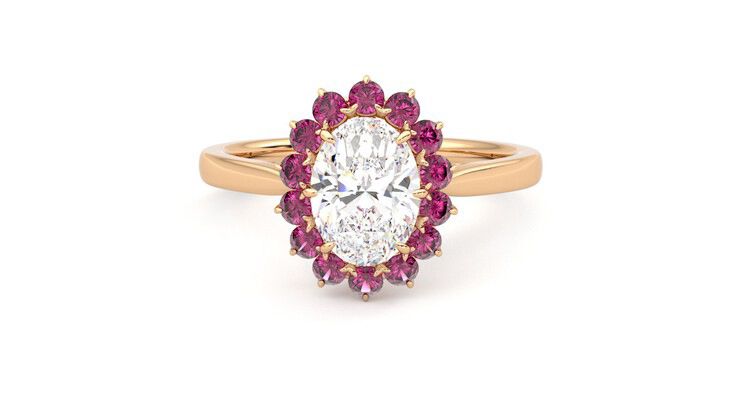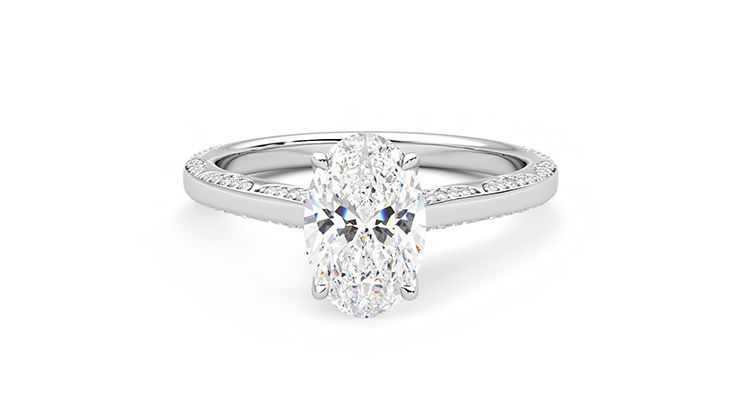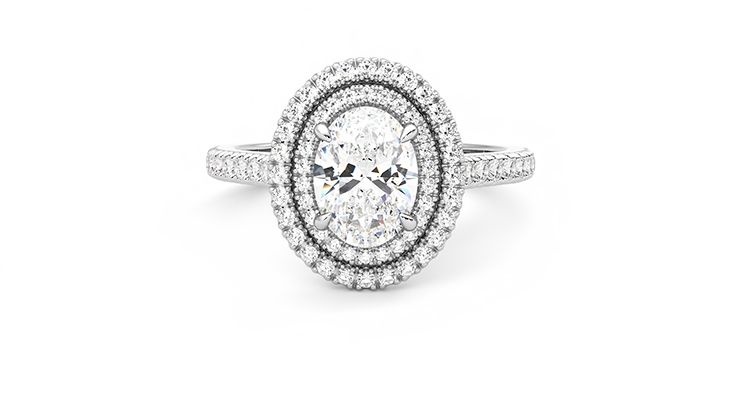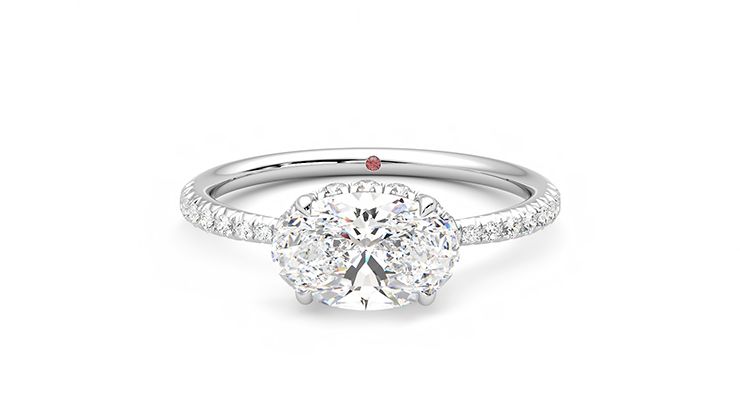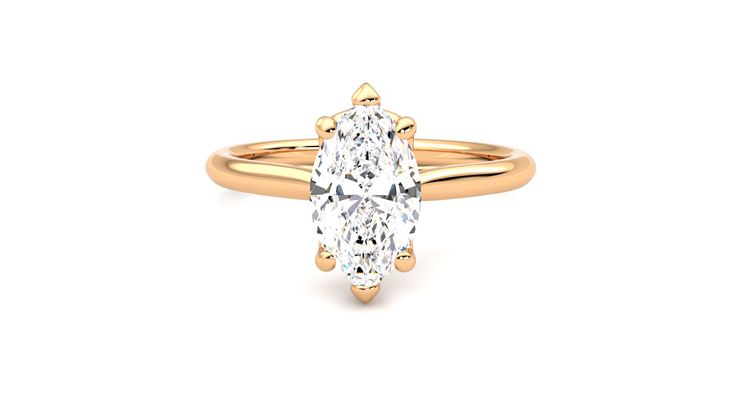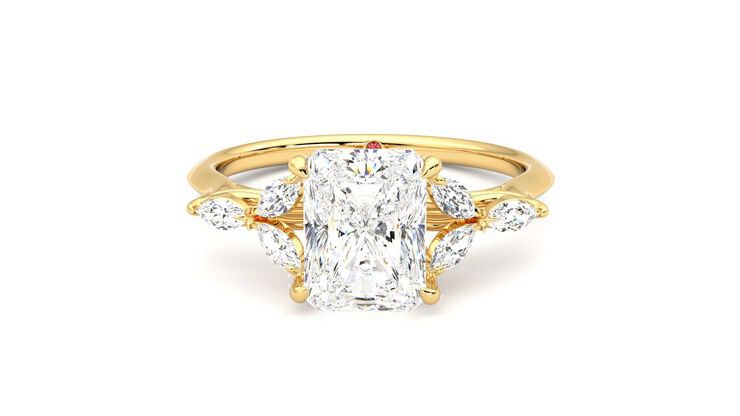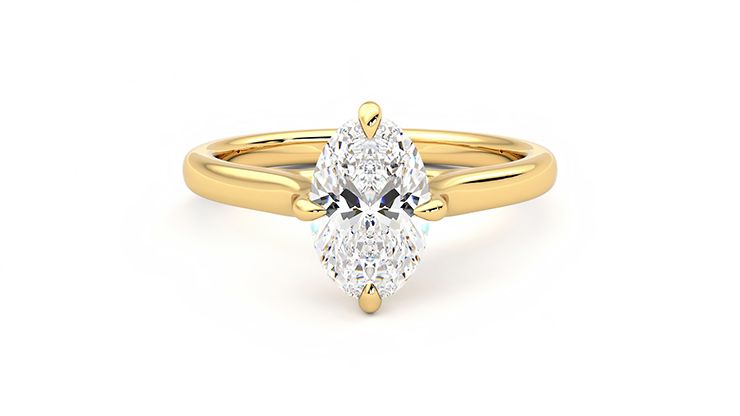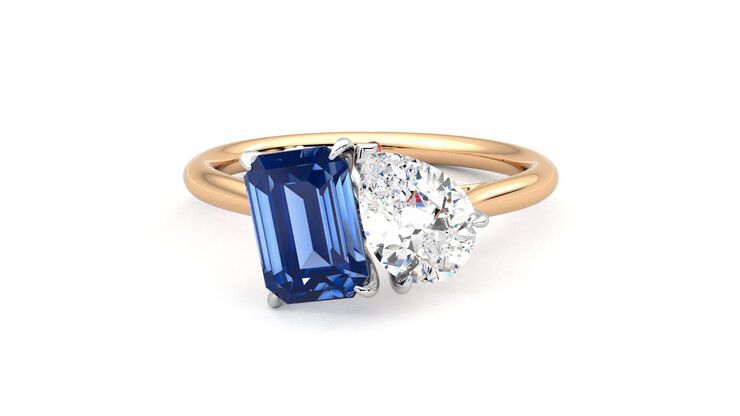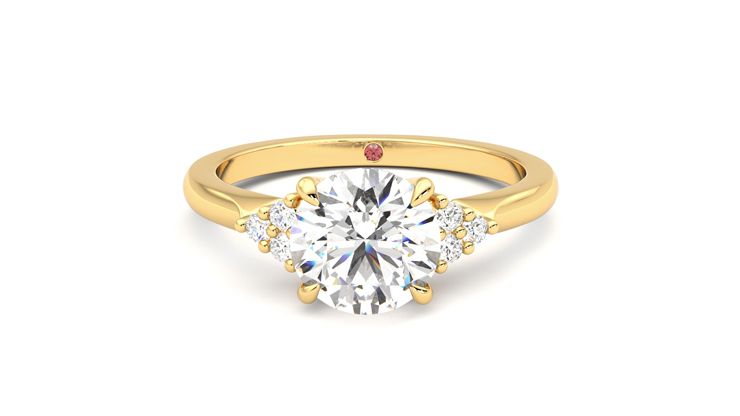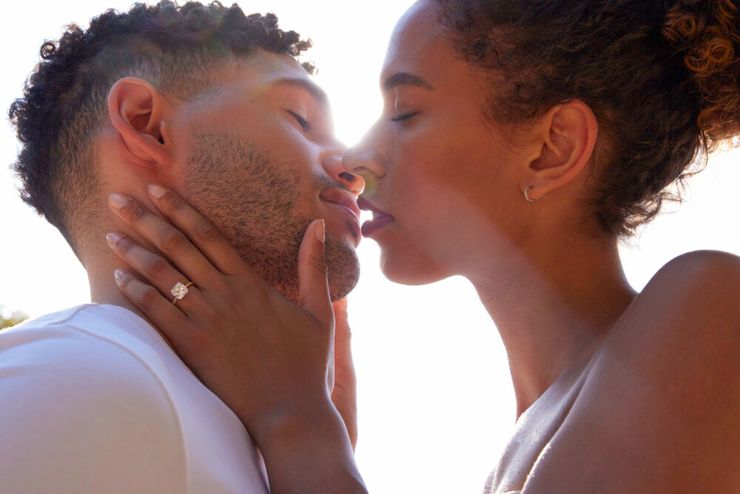Selecting a diamond is a process that must take into account a range of factors to match your desires and budget. Here’s our guide to help you navigate your decision-making journey:
Set Your Budget: Begin by figuring out how much you’re comfortable spending on your diamond. Remember, diamonds with higher carat weight usually come with higher price tags, so having a budget in mind will help streamline your choices and determine whether a three carat diamond is attainable or not.
Pick Your Favourite Shape: Choose a diamond shape that speaks to you. There’s an option for everyone–from round brilliant, princess and emerald to cushion or oval shaped diamonds, think about what appeals to the wearer’s taste and sense of style.
Focus on the 4Cs: Get familiar with the 4Cs of diamond quality: cut, colour, clarity, and carat weight. These elements determine a diamond’s appearance, quality and therefore, value. While a three carat diamond is impressive, finding the right balance among the 4Cs is key.
Cut: A diamond cut grade is only applicable to round shaped diamonds and affects how the diamond catches light and sparkles. Look for Excellent or Ideal cut grades for maximum brilliance.
Colour: Opt for a colour grade between D (colourless) and G (near-colourless) for a mesmerising icy white diamond without unnecessary cost.
Clarity: Aim for clarity grades like VS1 or VS2 (Very Slightly Included) for diamonds with minimal visible flaws to the naked eye. Lower clarity grades will not necessarily display inclusions, or clarity characteristics, that are visible to the naked eye, but may possibly be placed somewhere more visible. All of our diamonds are twice-inspected by our skilled team of Diamond Experts to ensure they look wonderful to the naked eye.
Carat Weight: Since you’re considering a three carat diamond, remember to strike a balance with the other factors for overall quality. Bigger isn’t always better.
Check the Certification: Always go for a diamond with a reliable grading certificate from well-known gemological labs like GIA, IGI or GCAL. This ensures transparency and helps you understand the diamond’s quality.
Choose the Right Setting: Decide on a setting that complements the diamond’s shape and emphasises its beauty. The setting can impact how the diamond looks and how comfortable the ring is to wear.
Source Matters: When buying, opt for a trusted jeweller or online store with a solid reputation. Research customer feedback, warranties, return policies, and certifications before making a decision.
Follow your heart: Above all, select a diamond that resonates with you or the recipient personally. It’s often said that you don’t choose the diamond, the diamond chooses you. Sometimes upon first glance, there’s a feeling that it’s meant to be and technical specifications don’t matter as much.
Keep in mind that discovering the perfect three carat diamond involves finding harmony between your preferences, budget, and the diamond’s quality. Take your time, ask questions, and lean on expert advice to ensure you choose a diamond that brings lasting happiness.
